
Category: transportation

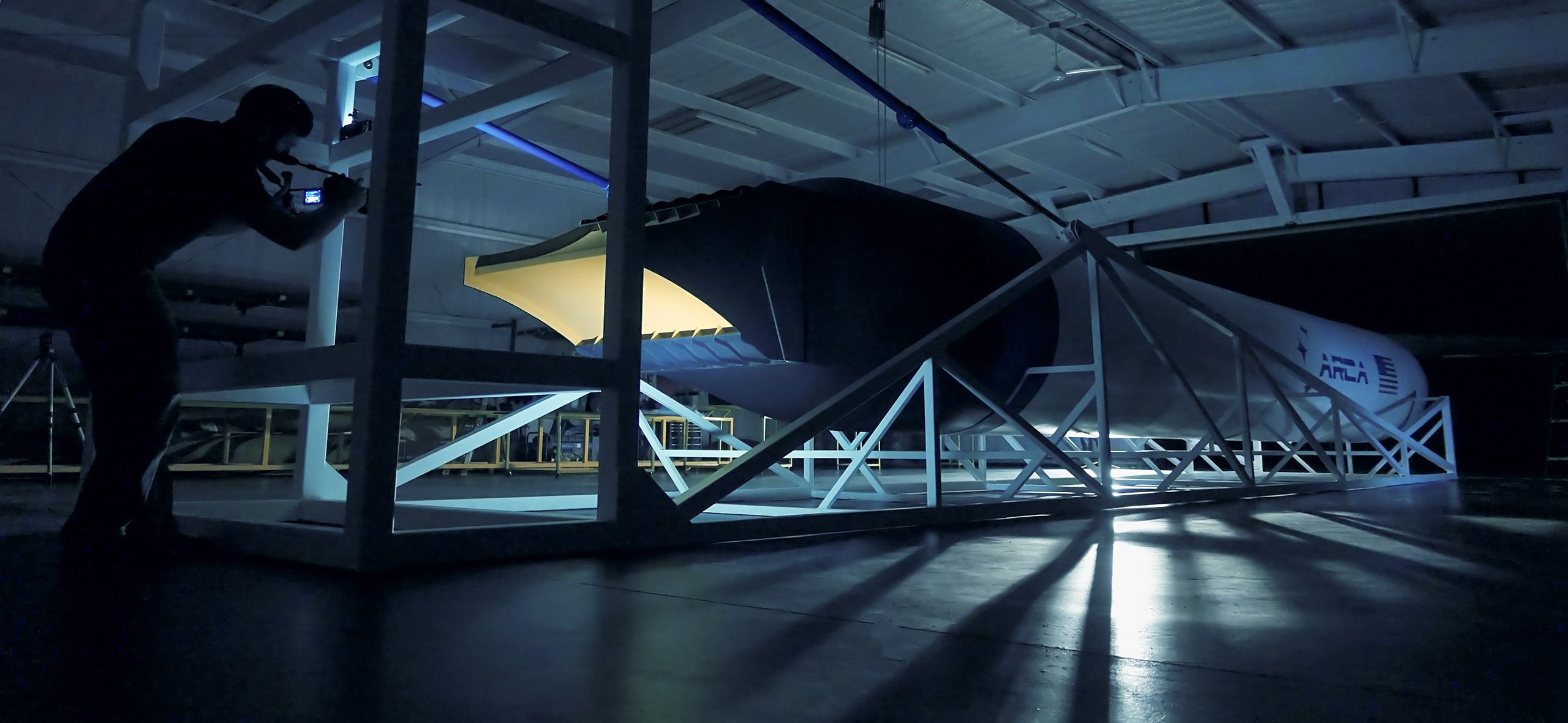
Haas 2CA
The a Single Stage to Orbit (SSTO) rocket named after Austrian-Romanian medieval rocket pioneer Conrad Haas (1509−1579), can launch 100 kg (220lbs) of payload to low earth orbit. The rocket has one stage that is fueled by hydrogen peroxide and kerosene. ARCA Space Corporation secured preliminary partnerships with NASA’s Kennedy, Ames, Wallops, Marshall, Stennis and Johnson Space Centers aiming to increase the flight readiness of the vehicle that is scheduled for the first flight in 2018 from Wallops Flight Facility. ARCA has also started the FAA licensing process and is currently seeking to secure a partnership with an US defense agency. The SSTO launcher configuration, using the Executor Aerospike engine, is designed to deliver the following results:
AutoX Has Built a Self-Driving Car That Navigates with a Bunch of $50 Webcams — By Rachel Metz | MIT Technology Review
[youtube_sc url=“https://www.youtube.com/watch?v=2vHO1p9717s”]
“Now, Xiao said, he imagines a future where kids don’t have to depend on their parents to drive them around, for instance, and can instead summon a self-driving ride.”
Read more (video in post is from 2016; access 2017 video via link)

Uber resumes self-driving car program in San Francisco after crash
N” Driverless vehicles operated by Uber Technologies Inc [UBER.UL] were back on the road in San Francisco on Monday after one of its self-driving cars crashed in Arizona, the ride-hailing company said.
Uber’s autonomous vehicles in Arizona and Pittsburgh, Pennsylvania, remained grounded but were expected to be operating again soon, according to a spokeswoman for the company, who refused to be identified.
“We are resuming our development operations in San Francisco this morning,” she said in an email.


Expert Asserts ‘Kids Born Today Will Never Get to Drive a Car’
For many, learning how to drive is a rite of passage that teenagers pine for. Getting behind the wheel for the first time, passing drivers ed, getting your license, and buying your first car symbolize your first steps towards independence.
But one expert believes it’s a milestone that teens of the future won’t experience.
“My own prediction is that kids born today will never get to drive a car,” says Henrik Christensen, who heads UC San Diego’s Contextual Robotics Institute. “Autonomous, driverless cars are 10, 15 years out. All the automotive companies–Daimler, GM, Ford–are saying that within five years they will have autonomous, driverless cars on the road.”
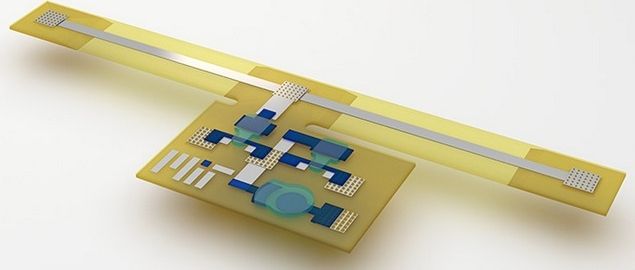
A printable, sensor-laden ‘skin’ for robots (or an airplane)
Illustration of 3D-printed sensory composite (credit: Subramanian Sundaram)
MIT researchers have designed a radical new method of creating flexible, printable electronics that combine sensors and processing circuitry.
Covering a robot — or an airplane or a bridge, for example — with sensors will require a technology that is both flexible and cost-effective to manufacture in bulk. To demonstrate the feasibility of their new method, the researchers at MIT’s Computer Science and Artificial Intelligence Laboratory have designed and built a 3D-printed device that responds to mechanical stresses by changing the color of a spot on its surface.
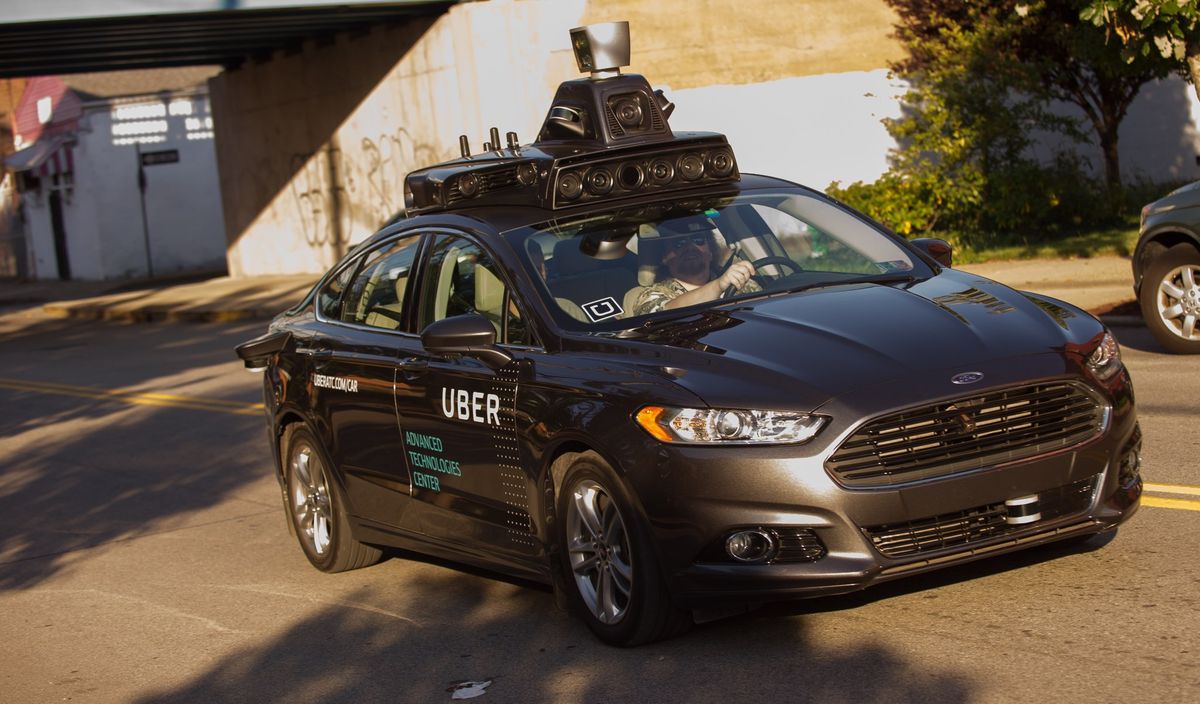
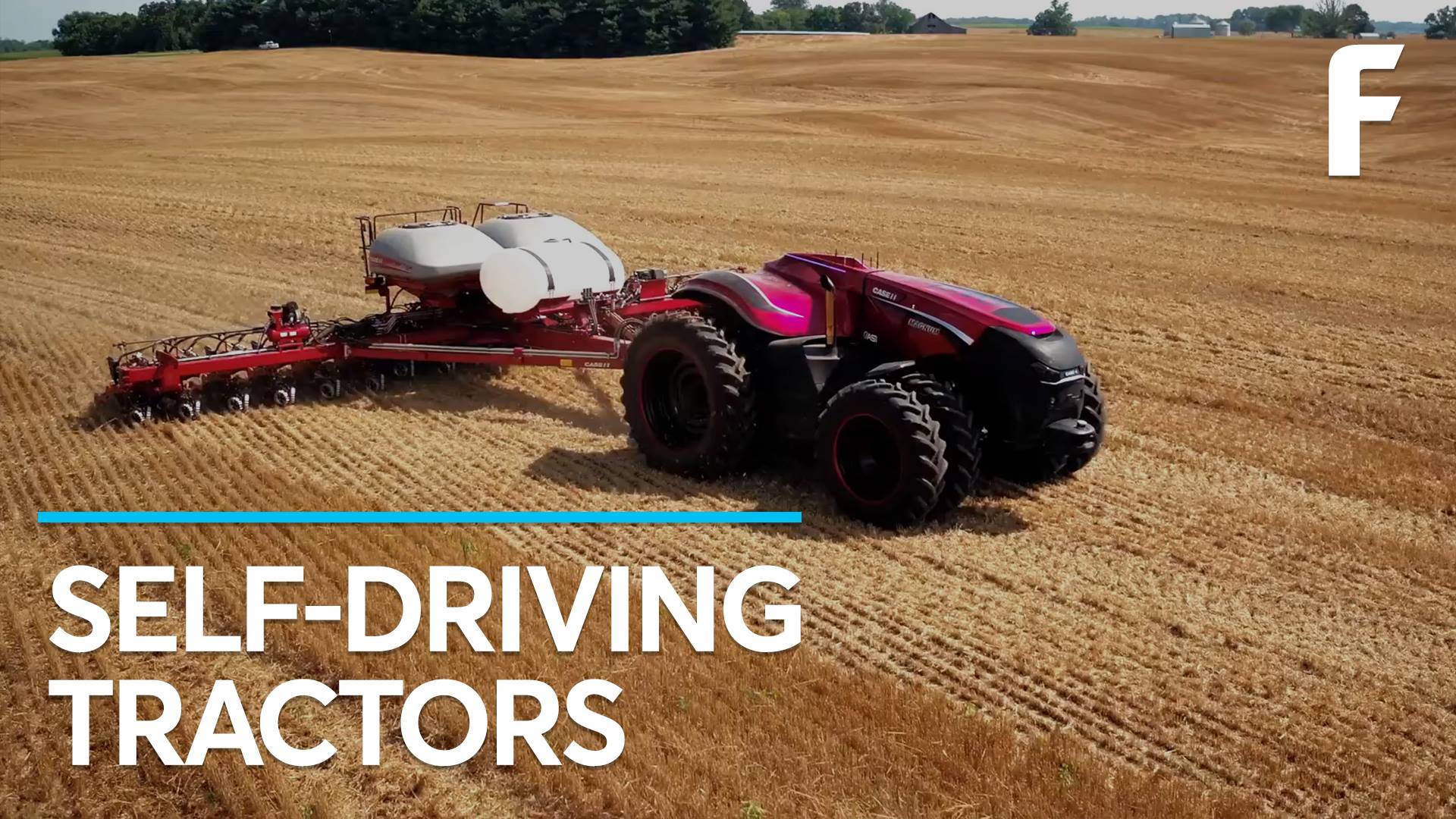
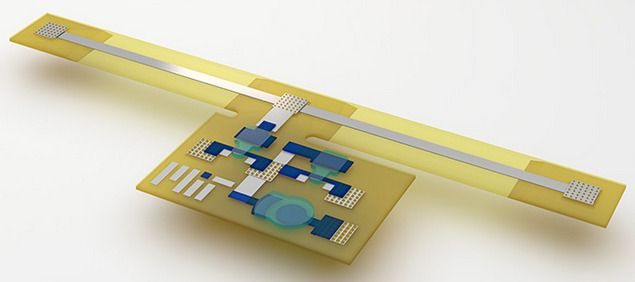 Illustration of 3D-printed sensory composite (credit: Subramanian Sundaram)
Illustration of 3D-printed sensory composite (credit: Subramanian Sundaram)